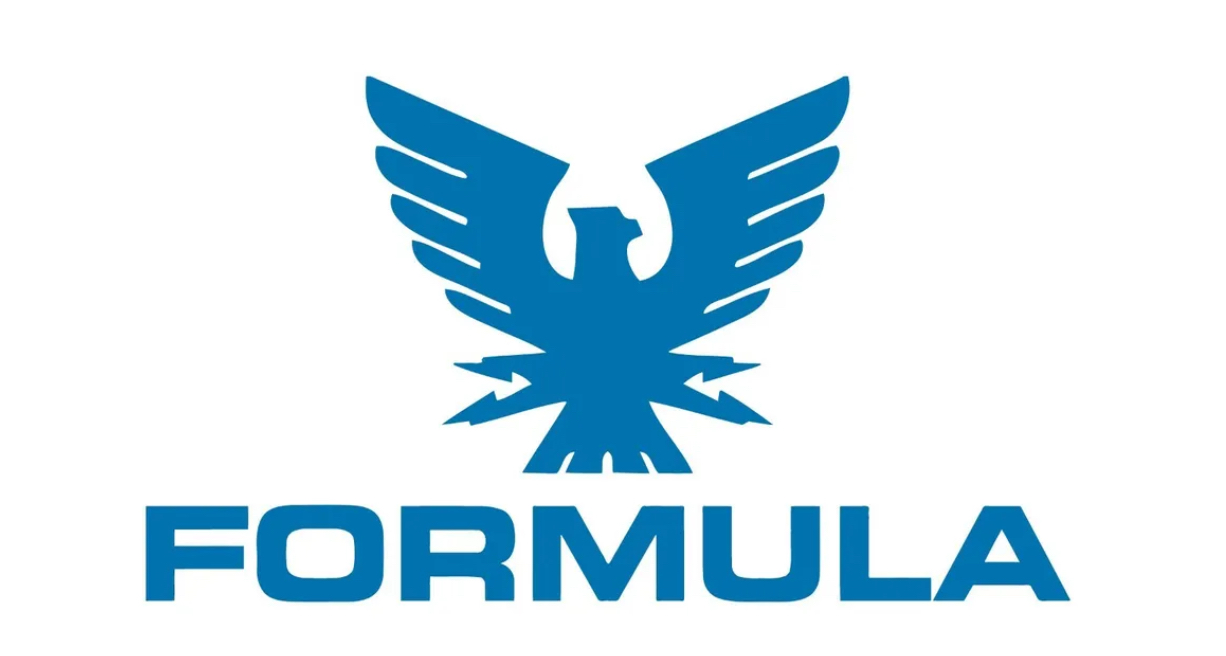Good afternoon! I just purchased a 2000 Formula 280. Twin Merc 350 with Bravo III. It is slipped in Los Angeles, in saltwater, full time. Has about 475 hours now, and a freshwater flush system (aftermarket) that the prior owner claims he used religiously.
The survey (including an engine mechanic who went pretty deep into the 350s) went well, but he said the "annual" maintenance was due on the IIIs. He showed me some rusting on hose clamps, etc. Bellows were tender and supple and looked good. They DEFINITELY needed to be painted. The prior owner had them maintained every 100 hours.
I have had several mechanics here in Southern CA give me WILDLY different ideas on what annual preventative maintenance should consist of (and cost). From (lube, inspect and replace bellows as needed, and torque steering, change anodes) all the way to: (Those are nightmare drives, how dare you keep them in salt water, it will be 2500 per side every year for a new gimbal bearing and everything else).
Can someone give me the skinny? I want to be proactive, and take good care of her, but not get ripped off.
thanks!
Steve
The survey (including an engine mechanic who went pretty deep into the 350s) went well, but he said the "annual" maintenance was due on the IIIs. He showed me some rusting on hose clamps, etc. Bellows were tender and supple and looked good. They DEFINITELY needed to be painted. The prior owner had them maintained every 100 hours.
I have had several mechanics here in Southern CA give me WILDLY different ideas on what annual preventative maintenance should consist of (and cost). From (lube, inspect and replace bellows as needed, and torque steering, change anodes) all the way to: (Those are nightmare drives, how dare you keep them in salt water, it will be 2500 per side every year for a new gimbal bearing and everything else).
Can someone give me the skinny? I want to be proactive, and take good care of her, but not get ripped off.
thanks!
Steve

